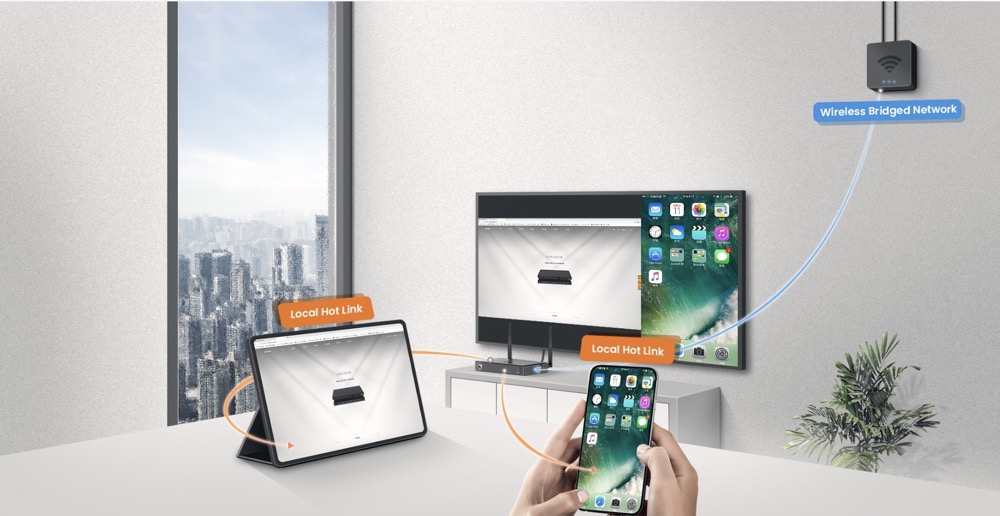Have you lost your WiFi antenna? Most antennas can be removed from WiFi cards, making them easy to lose. With a few household supplies, you can make an effective replacement antenna that can get you by until you can purchase a replacement. If you are having range issues, you can create your own directional antenna that can significantly increase the distance of your wireless connection.
Using a Paper Clip
Gather your materials and tools.
In order to make the antenna, you will need a large paper clip (50-75 mm, or 2-3 inches long), an empty Bic ballpoint pen, and a roll of electrical tape. You will also need a metric ruler, scissors, wire cutters, and a lighter.
Straighten the paper clip.
Unfold the paper clip into straight piece of metal.
Measure and cut the paper clip.
In order to get the best signal, your paper clip wire should be 61 mm long (2.4 inches). Try to get as close to this measurement as possible for the most effective antenna.
Bend the paper clip.
Bend about 19 mm (3/4 inch) of one end of the straightened wire at a 90° angle. This will be the part that inserts into the WiFi antenna port.
Remove the ink cartridge from the pen.
Since you’re going to be clipping the ink cartridge, it’s best if you use a pen that is empty and doesn’t write anymore. Clip off about 12-18 mm (1/2 – 3/4 inch) of the tubing that used to contain the ink. If it is not empty, this can get messy, so be sure to hold the tube away from you when you cut. Cut the tube over a surface that you don’t mind getting stained.
Slip the tubing over the bent part of the paper clip.
Place the cut-off piece of tubing over the bent end of the paper clip. Make sure that the tubing extends past the end of the paper clip by about 1.5 mm (1/16 inch).
Shrink the tubing with the lighter.
Take a lighter or other heat source and GENTLY heat the tubing on the paper clip. This will shrink the tubing and make a tight fit to the paper clip.
Insulate the antenna.
Wrap the paper clip in electrical tape to prevent excess interference with the wireless signal.
Insert the paper clip into the antenna port.
Insert the ‘tubing’ end of the paper clip into the antenna connector, ensuring that the connector pin and the paper clip are pressed together inside the tubing. If you can get them to overlap the signal will be even better.
Making a Directional Antenna
Collect your materials and tools.
To build this directional antenna, you will need an N-Female chassis mount connector, four #6×1/4″ nuts and bolts, 1-1/4″ (32 mm) copper wire, pigtail patch cable, and an empty aluminum can.
- You will also need a drill, a soldering iron, and a screwdriver that fits the bolts
- A pigtail cable is a patch cable with a connector at both ends of the cable.
- The aluminum can should have one side without a lid and one side with a metal bottom.
Measure the can’s diameter.
The can’s diameter determines where the connector is mounted. Your can should be at least 3 inches (7.6 cm) wide, but can be as big as 6 inches (15.2 cm).
Mark the connector’s mounting point.
Measure up from the bottom of the can and mark the outside where the connector will be. The measurement will vary depending on the diameter of the can. This measurement is determined for maximum signal strength. Below are some common measurements:
- 3 inches (7.6 cm) – 3.74 inches (9.5 cm)
- 3.5 inches (8.9 cm) – 2.07 inches (5.25 cm)
- 6 inches (15.2 cm) – 1.38 inches (3.5 cm)
Punch a hole in the side of the can.
Use a drill bit the same size as the small side of the N-Female connector to drill a hole where you measure. You can also use a hammer and nail if you don’t have a drill.
- If your N-Female connector has screw holes, drill smaller holes around your larger one to allow you to mount it with the nuts and bolts.
Measure and cut the wire.
Take your copper wire and line it up with the the metal connector on the small side of the N-Female connector. The little brass tube and the length of the wire should total 1.21 inches (3.07 cm) when lined up. Get as close to this measurement as physically possible for the best connection.
Solder the copper wire to the small end of the N-Female connector.
Use the soldering iron to attach the wire to the brass tube on the back of the N-Female connector. This creates the probe. See this guide for details on soldering. The wire should be sticking straight out from the connector.
Secure the probe in the can.
After the solder has finished cooling, mount the probe to the can with the wire on the inside and the screw connector on the outside. Use the nuts and bolts to secure the probe to the can.
Connect the can to the wireless card using the pigtail cable.
Screw the pigtail cable onto the probe mount, and then connect the other end to your wireless card’s antenna connector.
Point the can at the physical access point.
The can will need to be pointed directly at the wireless access point. You can mount it to a camera tripod with a zip tie for easy pointing.
- The range you can achieve with your antenna will vary depending on the size of the can, the accuracy of your measurements, and any interference between the antenna and the access point.
